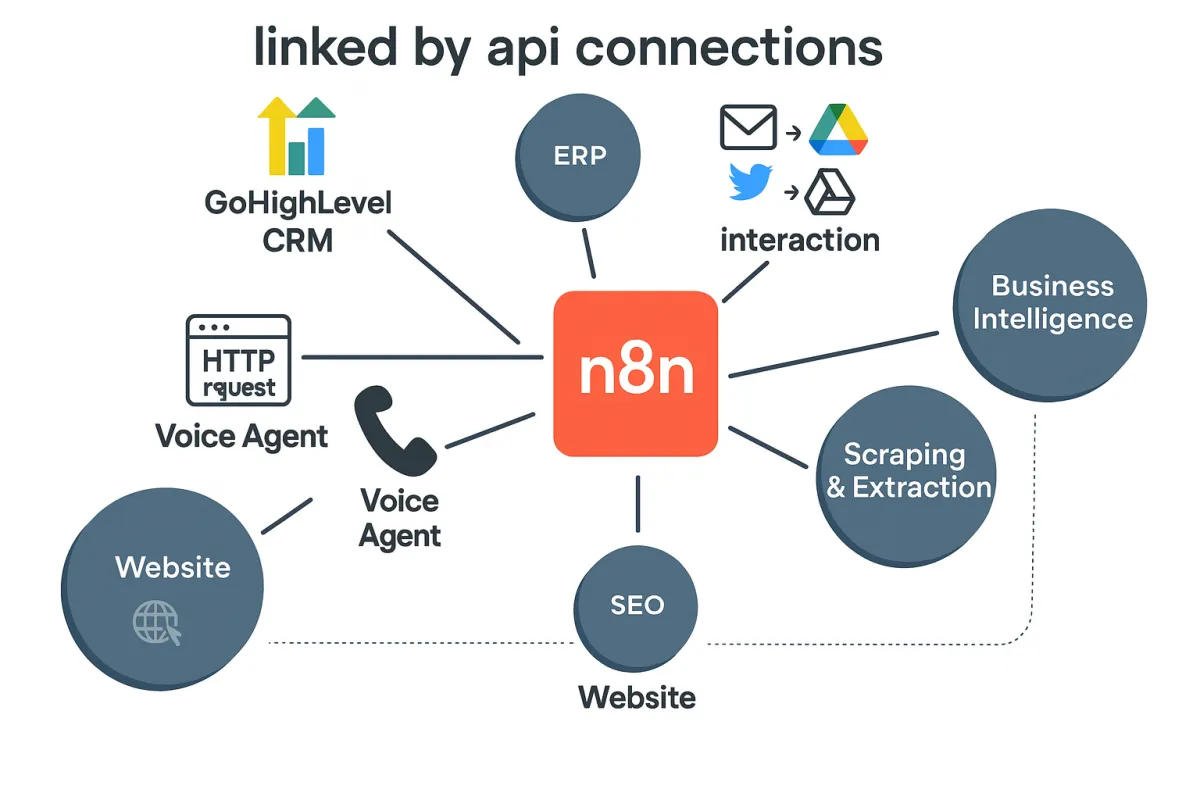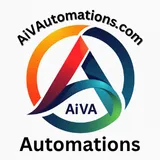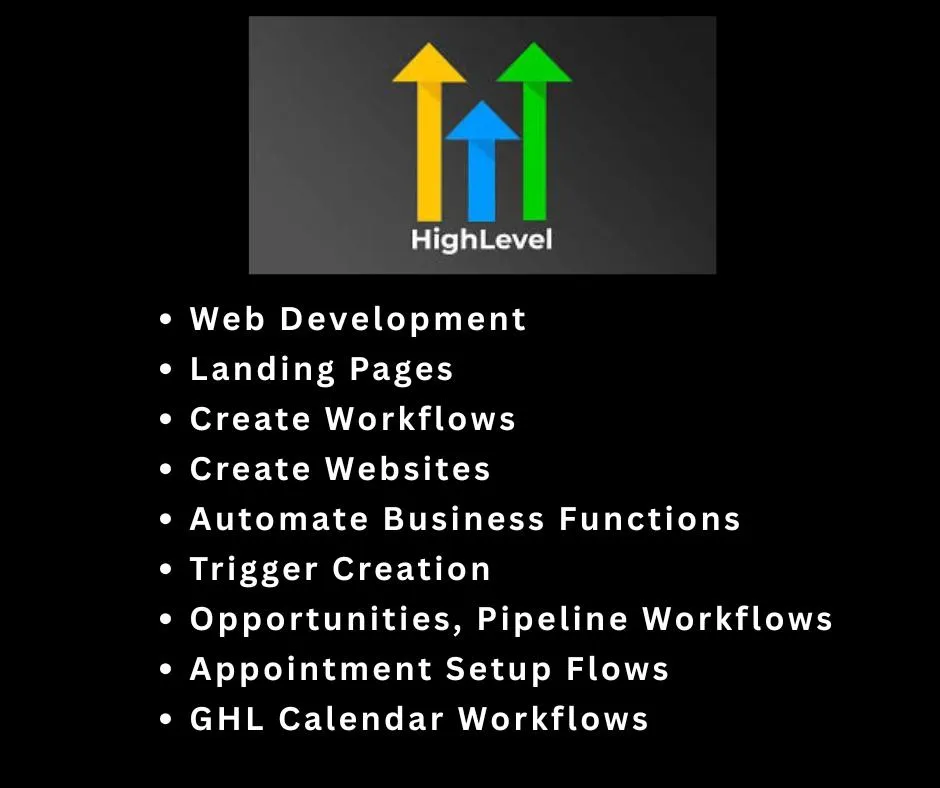
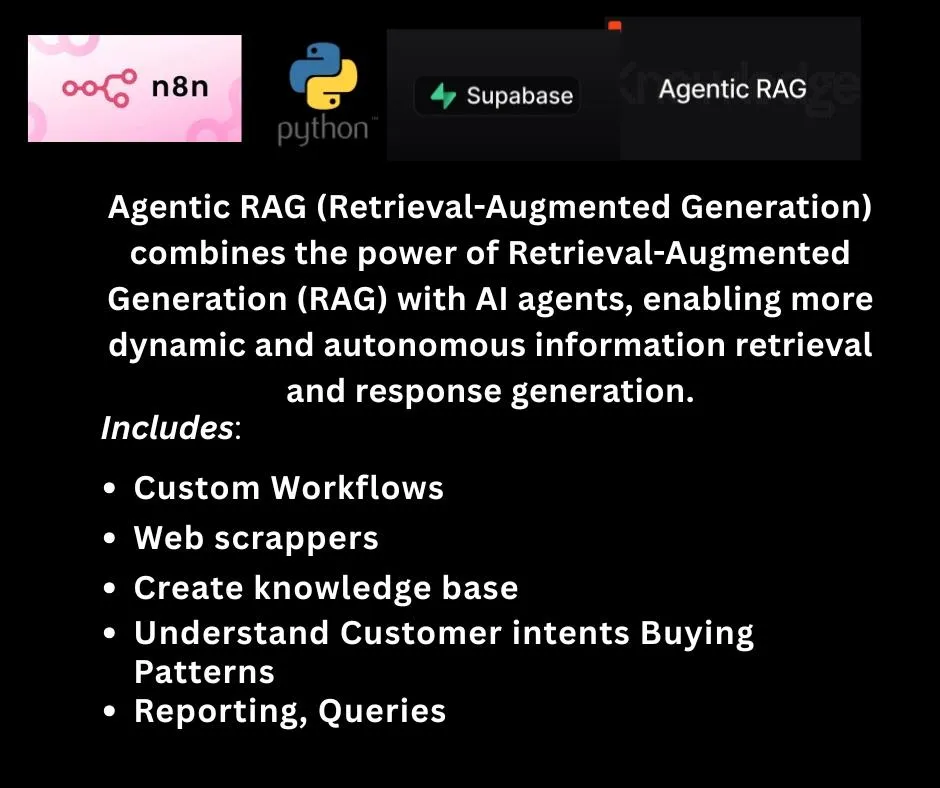
Why Choose Us
-Unlock Your Potential with GHL + n8n:
Experience Enhanced Performance!
Great question! The combination of GoHighLevel (GHL) and n8n creates incredibly powerful automation ecosystems.
- Let me break down the advantages and use cases:
GHL + n8n: Powerful Automation Combinations
Why This Combo is Game-Changing:
GHL: CRM/Marketing powerhouse with built-in funnels, email/SMS, calendars
n8n: Ultimate connector that bridges GHL with 400+ other platforms
Together: Create sophisticated, multi-platform workflows that would be impossible with either tool alone.
Lead response time: 95% reduction (minutes → seconds)
Data accuracy: 90% improvement through automated validation
Conversion rates: 25-40% increase through better nurturing
Operational costs: 60-70% reduction in manual processes
Customer satisfaction: 30-50% improvement through consistency
The API connection approach allows you to build sophisticated, multi-system workflows that adapt and learn, while API key integrations are limited to simple, linear data transfers. This makes the difference between basic automation and truly intelligent business processes.
HighLevel CRM/n8n Powerhouse Workflows Available
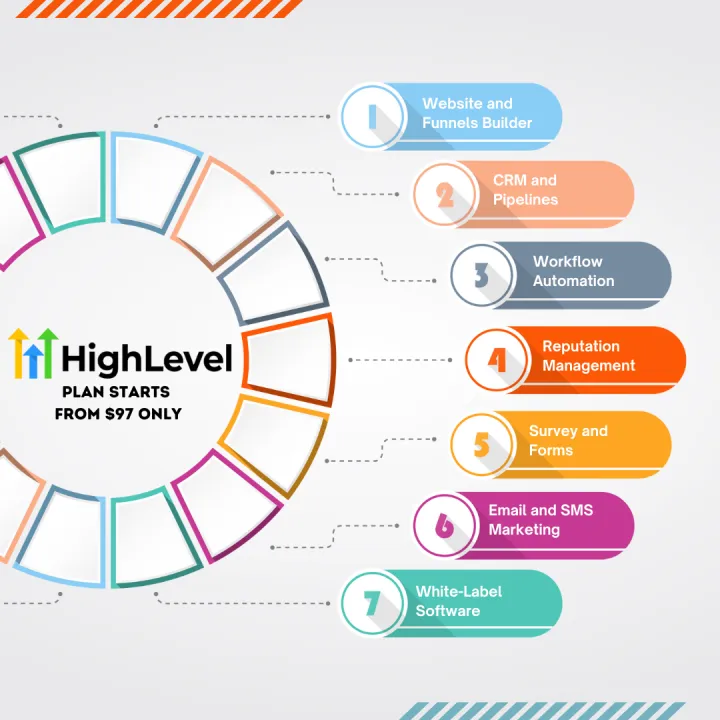
High-Impact Industry Use Cases
1. Real Estate
Workflow Example: Multi-MLS Lead Processing
New Lead → n8n (Data enrichment) → GHL (Segmentation) → Slack (Agent notification) → Calendly (Auto-booking) → DocuSign (Contract prep) → QuickBooks (Commission tracking)
Advantages over API Key:
Intelligent lead scoring based on property data, market conditions, and buyer behavior
Dynamic agent assignment based on location, expertise, and availability
Automated market analysis with real-time property valuations
2. E-commerce/Retail
Workflow Example: Abandoned Cart Recovery System
Shopify Cart Abandon → n8n (Customer analysis) → GHL (Personalized follow-up) → SMS/Email sequences → Inventory check → Dynamic discount offers → Re-engagement tracking → Analytics dashboard
Advantages:
Behavioral trigger sophistication: Track multi-touchpoint customer journeys
Inventory-aware messaging: Only promote available products
Dynamic pricing integration: Real-time discount optimization
3. Healthcare/Medical
Workflow Example: Patient Care Coordination
Appointment booking → n8n (Insurance verification) → GHL (Reminder sequences) → Telehealth platform → Follow-up surveys → EHR updates → Billing system → Provider dashboards
Advantages:
HIPAA-compliant data routing with encryption and audit trails
Insurance verification automation with real-time eligibility checks
Multi-provider coordination with shared patient timelines
4. SaaS/Technology
Workflow Example: Customer Onboarding & Success
New signup → n8n (Account provisioning) → GHL (Welcome sequence) → Slack (Team notification) → Intercom (Support setup) → Usage tracking → Feature adoption scoring → Upgrade triggers
Advantages:
Usage-based nurturing: Trigger different sequences based on feature adoption
Churn prediction: Combine multiple data sources for early warning systems
Automated upselling: Dynamic offer generation based on usage patterns
5. Professional Services
Workflow Example: Client Project Management
Lead inquiry → n8n (Qualification scoring) → GHL (Proposal automation) → DocuSign (Contract) → Asana (Project setup) → Time tracking → Invoice generation → Client reporting → Renewal workflows
Advantages:
Intelligent project scoping based on client data and historical projects
Resource allocation optimization with team capacity planning
Automated profitability tracking with real-time project metrics
Advanced Automation Patterns
1. Multi-Channel Attribution
javascript
// n8n Code Node Example const leadData = { source: $json.utm_source, touchpoints: [], // Track entire customer journey score: calculateScore(), // Custom scoring algorithm assignment: getOptimalAgent() // AI-powered agent matching };
2. Dynamic Content Personalization
Real-time website personalization based on GHL contact data
Email content adaptation using external data sources
SMS timing optimization based on customer behavior patterns
3. Predictive Analytics Integration
Lead scoring with ML models (Python/AI platforms → n8n → GHL)
Churn prediction workflows with early intervention triggers
Revenue forecasting with automated reporting
Technical Architecture Benefits
Scalability
Horizontal scaling: n8n handles complex orchestration while GHL focuses on marketing
Load distribution: Spread processing across multiple systems
Fail-safe redundancy: Multiple fallback paths for critical workflows
Data Governance
Centralized logging: All workflow activities tracked in n8n
Audit trails: Complete data lineage for compliance
Data transformation: Clean, validate, and enrich data before GHL storage
Cost Optimization
Reduced manual work: 80-90% reduction in repetitive tasks
Tool consolidation: One n8n workflow can replace multiple point solutions
Resource efficiency: Automated scaling based on volume
ROI Metrics
Typical improvements with GHL + n8n:
Lead response time: 95% reduction (minutes → seconds)
Data accuracy: 90% improvement through automated validation
Conversion rates: 25-40% increase through better nurturing
Operational costs: 60-70% reduction in manual processes
Customer satisfaction: 30-50% improvement through consistency
The API connection approach allows you to build sophisticated, multi-system workflows that adapt and learn, while API key integrations are limited to simple, linear data transfers. This makes the difference between basic automation and truly intelligent business processes.
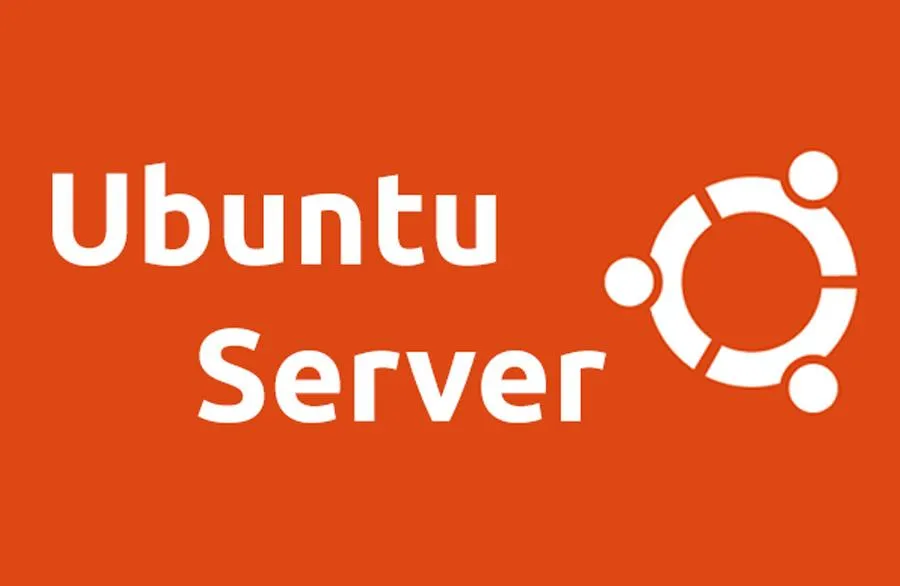
API Connection vs API Key: Strategic Advantages
API Connection Advantages:
Complex Data Transformation: Process and manipulate data between platforms
Multi-Platform Orchestration: Connect GHL with multiple systems simultaneously
Custom Business Logic: Implement conditional workflows and decision trees
Real-Time Processing: Instant data sync and automated responses
Error Handling & Recovery: Robust fallback mechanisms and retry logic
API Key Limitations:
Simple integrations only (basic data push/pull)
No complex conditional logic
Limited error handling
Single-direction data flow
No data transformation capabilities
